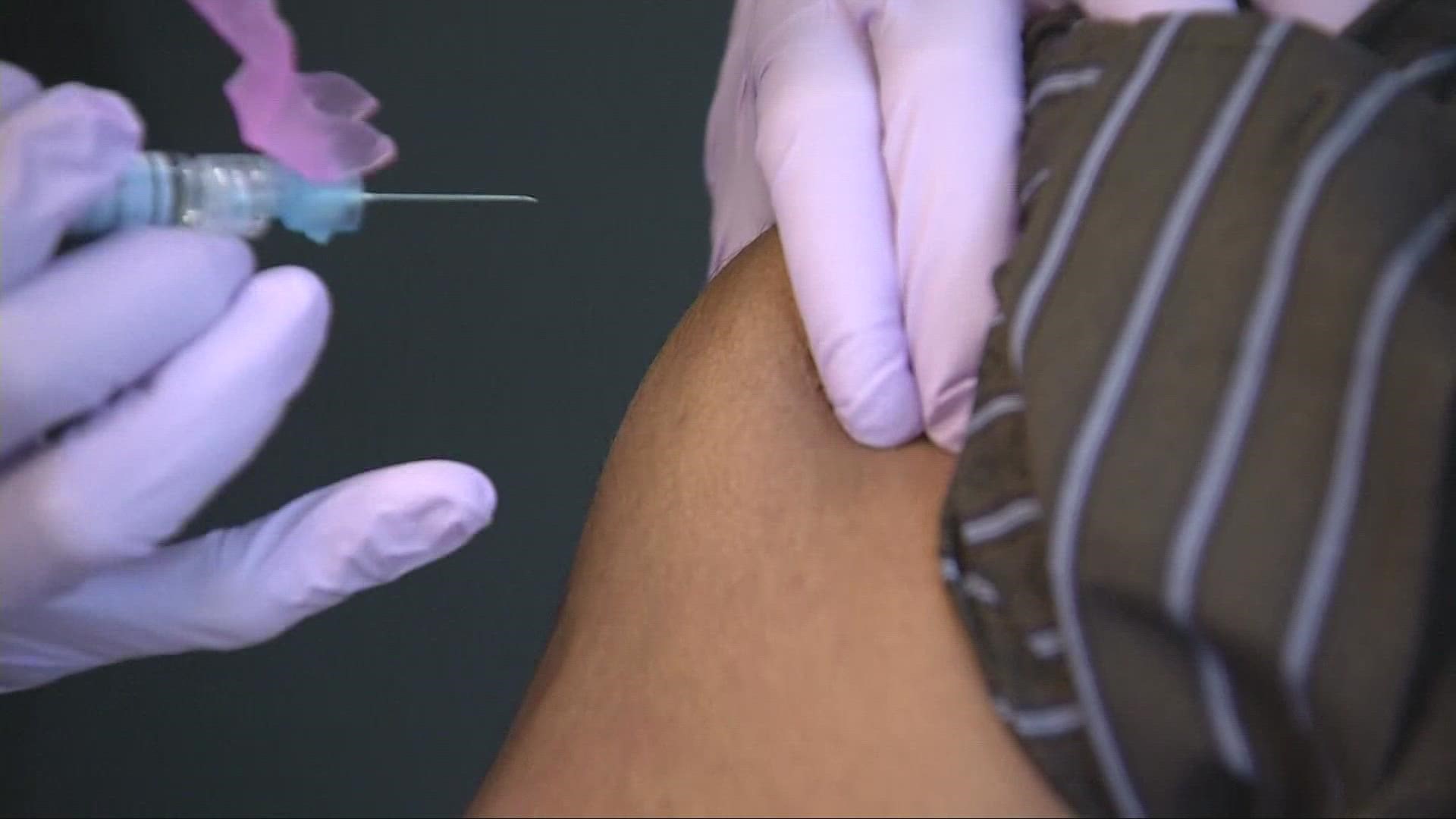CLEVELAND — Even though cases are declining, a lot of people are still getting sick with COVID-19. The Omicron subvariant, BA. 5, is still dominant in Ohio and it spreads easily. However, we’re not seeing a dramatic rise in hospitalizations.
Doctors advise making sure you and your eligible children are up to date on vaccines and booster shots. While the vaccines are not perfect, they still provide protection from severe disease and hospitalizations.
I’ve received anecdotal reports from people who were lax in their booster who said their infection was more like a wicked cold that knocked them down for a few days. Others were asymptomatic.
That’s the insidiousness of this virus. There’s no telling whom it will affect and to what degree, let alone what types of symptoms people may have.
As for kids going back to school, pediatric infectious disease specialists say they always see an uptick in infectious diseases when the school year begins. They expect the same with COVID.
While the Ohio Department of Health and CDC relaxed some guidelines, Rainbow Babies and Children’s Hospital pediatric infectious disease specialist, Dr. Amy Edwards, says parents need to do what’s best for their families.
“If you have a high-risk family member and you don’t want your child to bring home COVID, then you may consider still having your child mask. If you are not able to take sick leave as much as other parents, you may want your child to mask. There are a lot of high-quality child sized N95 masks now available, try a few out and see which fits and works best,” Dr. Edwards said.
Earlier this month the Ohio Department of Health changed guidance for schools.
“Our guidance for this school year will focus on the recommendation that students stay home from school for five days when they’re ill and test positive for COVID-19,” Ohio Department of Health Director Dr. Bruce Vanderhoff said.
However, ODH is no longer recommending the state’s Mask to Stay and Test to Play school guidelines. Instead, the state is asking people who feel ill to stay home and away from others, as they would with other illnesses.
Drs. Edwards and Vanderhoff both said that there are no variants of concern looming, but that doesn’t mean one won’t emerge. Other experts are concerned still about the potential for the twindemic, flu and COVID, that we’ve heard about for the last two years.
Keep in mind, it may be difficult to tell the difference between flu and COVID symptoms, but we do know that COVID spreads far easier, and people are infectious longer.
While no one has a crystal ball, experts do expect to see a surge in COVID cases this winter, but not necessarily a surge in hospitalizations like what happened last December.
But there’s something else to consider: Influenza.
The southern hemisphere is experiencing a rough flu season. Australia is experiencing its worst flu season in five years. It could be an indication of what may be coming to the U.S. H3N2 or Influenza A is the predominant strain, and A strains typically cause worse flu seasons.
That’s why Dr. Edwards strongly encourages parents to make sure their kids are up to date on their COVID vaccines and boosters and that they get a flu shot in September or October. She also added the reminder that masks help with flu spread too.
In Australia, 10 to 14 year olds had the highest infection rate with influenza.
Another point Dr. Edwards made was that the pandemic managed to get some children off the typical schedule of normal childhood vaccinations. She hopes parents will make appointments to get their kids up to date with those, now that we’re seeing measles and polio cases popping up.
More from Monica Robins:

